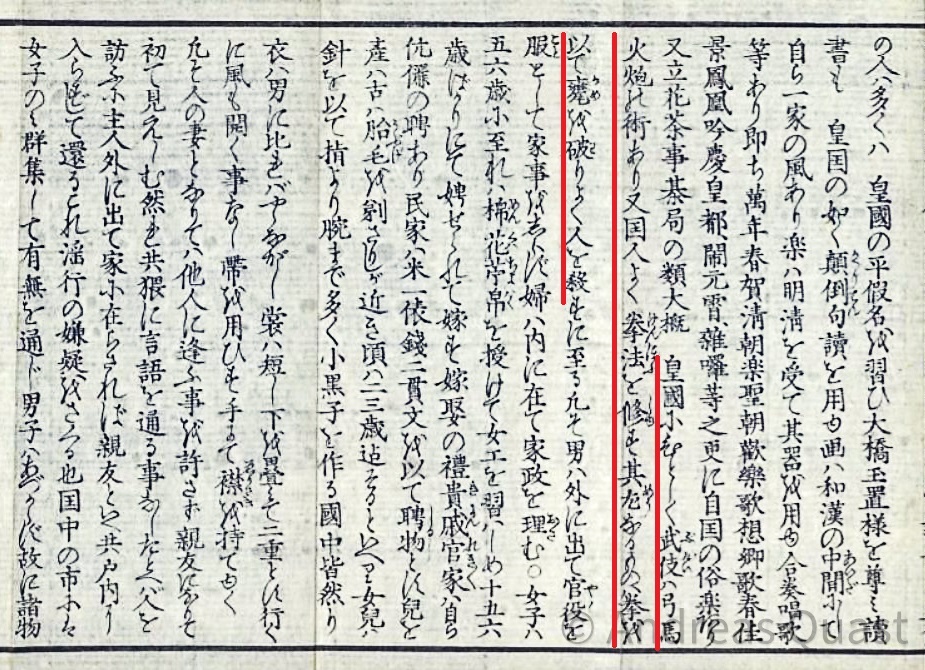Ernest Mason Satow (1843–1929) was a British diplomat, scholar, Japanologist and a key figure in Anglo-Japanese relations. He is best known in Japan as Satō Ainosuke (佐藤/薩道愛之助).
As many people from Okinawa karate circles might know, Satow published his “Notes on Loochoo” (= Ryukyu = Okinawa) in the Transactions of the Asiatic Society of Japan, Volume 1, in 1874.
However, “Notes on Loochoo” were first published a year earlier, in May 1873 in The Phoenix magazine. In it he described what seems to be a precursor of karate as follows:
“As regards more manly accomplishments, they are expert archers on horseback and good marksmen with the matchlock. Their skill in boxing is such that a well-trained fighter can smash a large earthen water-jar, or kill a man with a single blow of his fist.”
However, as I noted in 2013 in my Karate 1.0, Satow translated this description “from a Japanese named Tomioka Shiuko, who compiled a short notice of these islands entitled “Chiusan-koku Shiriaku,” or “Short account of the Loochooan Embassy, some twenty years ago, on the last occasion when an embassy visited Yedo.”
The original note is found in the Brief Notes On Ryūkyūan Envoys (Chūzan Kokushi Ryaku), written by Tomioka Shukō in 1850. It is almost the same as by Satow, just with a few different nuances:
“Just as in the Empire of the Tennō, [the Ryūkyūans] have the military techniques of archery, fighting from horseback, and artillery. In addition, the people of that country skillfully practice kenpō, and those who become excellent in it can break a large earthenware jar or kill a person with their fists.”
Note that the martial art on Ryūkyū at the time was referred to as kenpō by the author in 1850. Still in the 20th century, Motobu Chōki, Funakoshi Gichin, and others used the term kenpō to describe what karate is. Kenpō can mean a Chinese martial art. However, it is also the historical name of several jūjutsu-like systems of Japan. The confusion can be seen in Majikina Ankō’s remark from 1923:
“During the Keichō era (1596–1615), torite became popular in Japan. Torite is nothing but the techniques of yawara, that is, an original form of jūjutsu. […] Besides, martial arts such as kenpō (karate), bōjutsu, and sumō have been performed since ancient times and are characteristic skills of Okinawa.”
That is, when the term kenpō is mentioned in connection with karate, everyone immediately assumes it can only mean Chinese kenpō. However, while this is true for most of modern 20th century kata-based karate, the historical significance of kenpō is not yet decided.
It was probably both.
I hope this cleared things up about Satow’s note on kenpō.
© 2023, Andreas Quast. All rights reserved.

